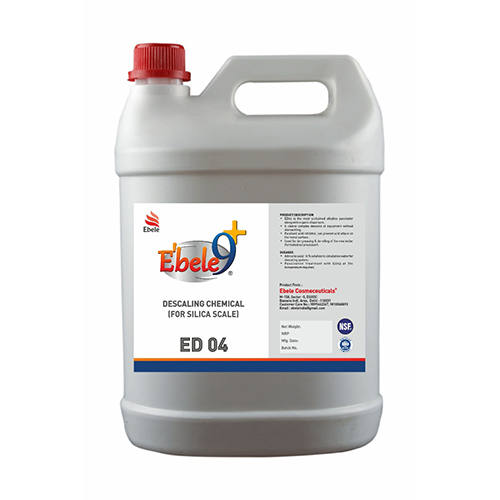what is Reverse Osmosis (RO) and how its work
Ebele Reverse osmosis (RO) is a water purification technology that uses a semi-permeable membrane to remove ions, molecules, and larger particles from water.

Ebele Reverse osmosis (RO) is a water purification technology that uses a semi-permeable membrane to remove ions, molecules, and larger particles from water. In reverse osmosis, pressure is applied to the water on one side of the membrane, forcing the water molecules to pass through the membrane while leaving behind the impurities.
The semi-permeable membrane used in reverse osmosis is designed to allow water molecules to pass through while blocking most other molecules and ions. The membrane consists of multiple layers, including a thin, porous layer on the surface that helps to filter out larger particles.
During the reverse osmosis process, water is first pre-treated to remove any larger particles, such as sediment or debris, that could damage the membrane. The water is then pressurized and forced through the membrane, which separates the water into two streams: a purified water stream and a concentrated stream containing the impurities that were removed from the water.
The purified water stream is collected and can be used for a variety of purposes, including drinking water, industrial processes, and irrigation. The concentrated stream, or brine, is typically discharged or treated further to remove any remaining impurities before disposal.
Eblele Reverse osmosis is widely used in residential, commercial, and industrial settings as an effective and efficient way to purify water.
